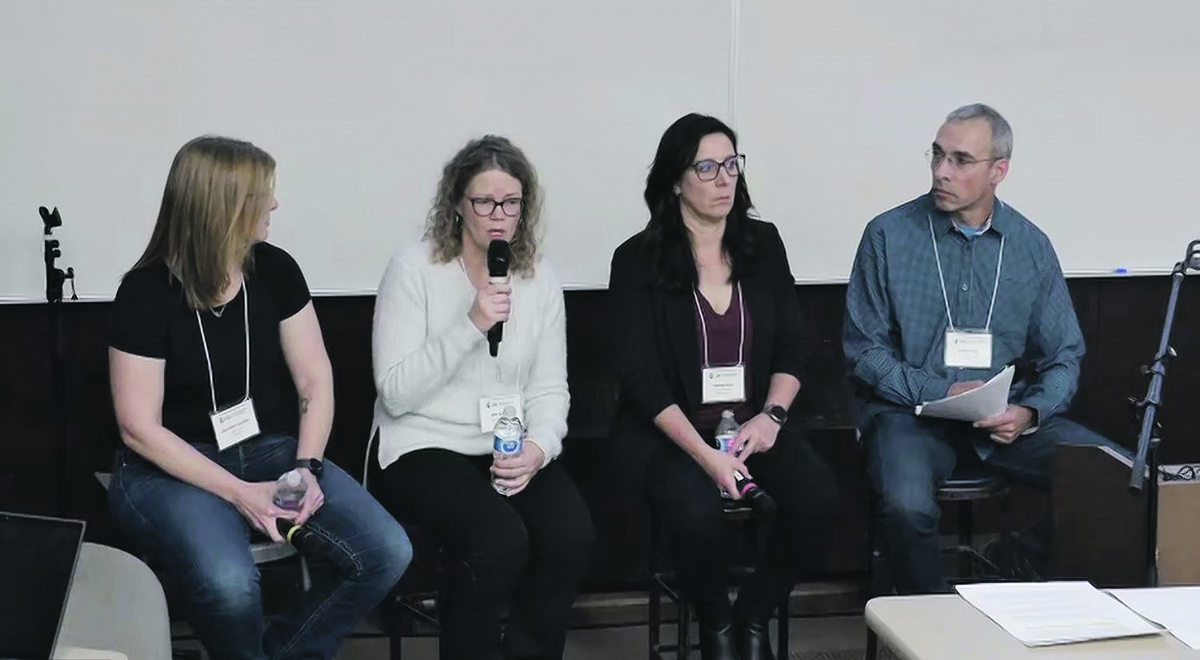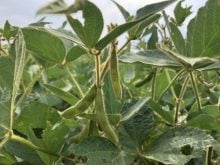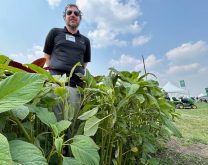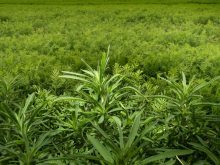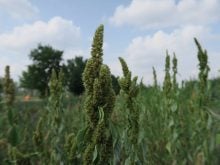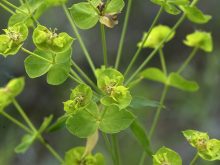Experts highlight importance of collaboration to contain problem weeds
Glacier FarmMedia – Distributing the message about problem weeds tends to fall on the shoulders of private and retail agronomists, says Manitoba Agriculture weed specialist Kim Brown.
“I reach a fair number of farmers in this province, but we probably have 8,500 registered farmers, and we can’t reach them all. So, we rely heavily on the local agronomists and the local (retailers) to put on information events for their farmers. We are really thankful for that.”
Brown is the only extension weed specialist employed by the province, but that wasn’t always the case. When she was hired by the province in 1998, she was one of two specialists, and there have been as many as four in the past.
Read Also

Alberta cracks down on trucking industry
Alberta transportation industry receives numerous sanctions and suspensions after crackdown investigation resulting from numerous bridge strikes and concerned calls and letters from concerned citizens
She was among speakers at the Manitoba Agronomists Conference in Winnipeg Dec. 11 and part of a panel discussion on weed management in Manitoba. She was joined by two private sector weed agronomists: Tammy Jones from Corteva and Jeanette Gaultier from BASF. Both are former weed specialists with the province. The discussion was moderated by the University of Manitoba’s Rob Gulden.
The role private sector agronomists play is critical, said Brown, especially when it comes to problem weeds like waterhemp.
“We’ve been trying to get that information out on waterhemp for a long time. Sometimes farmers need to hear it two or three times before it sinks in. A lot of those agronomists are taking that message back to their farmers.”
Gaultier, current chair of the Canadian Weed Science Society, said there is a concern about reduced weed research and extension across the country. Filling that gap will require broader collaboration among weed agronomists.
“When it comes to weeds, there’s no keeping secrets,” she said.
Jones concurred.
“It takes a village to manage all of these weeds, whether it’s kochia or whether it’s waterhemp, the same concepts apply.”
Herbicide resistance was the focus of the conference’s morning schedule, and Gulden steered discussion toward the panel’s favoured cultural weed control method — something they might recommend first for farmers.
Gaultier said boosting crop competitiveness is her first step. There are numerous ways to make crops competitive against weeds, like variety selection and seeding rates.
“All those decisions around your crop are pretty easy tweaks,” she said.
Brown said her focus is weed seed management.
“When we’re dealing with things like waterhemp, we talk about the millions and millions of seeds per acre that are going to be out there if you let even a few plants get away on you,” she said. “We have to start getting control on what’s happening with those weed seeds.”
She outlined several ways this can be achieved, from simple concepts like chaff tramlining and chaff carts to expensive but effective weed seed destructors.
Brown praised weed seed destructors as effective tools but noted “they’re not going to work every single time.”
They’re a tool struggling to gain ground with Canadian farmers. Earlier this year, an Agriculture and Agri-Food Canada researcher suggested only a few dozen units were in use nationwide during fall 2023. That compared to much higher use in Australia, where an extended spraying season has raised the profile of herbicide resistance issues.
Information from the Tractor and Machinery Association of Australia showed that 20-30 per cent of the combines bought in Australia in 2022 were fitted with seed destructors.
Weed seed destructors also tend to be less effective with weeds like wild oats, which drop their seed before harvest, conference attendees heard, but Gulden pointed out that even in those cases, the machines can play a role in weed control.
“The combine is probably the best weed spreading tool we’ve ever invented,” he said.
Even if a fitted seed destructor doesn’t get all weed seeds, “it’s containing that patch in that spot,” he added.
Gulden’s comment led nicely into Jones’ preferred cultural weed control method, patch management.
“If it’s a big patch, start at the edges and contain it, and then try to get it smaller. Get them early and manage them,” she advised. “Pull them out, cut them, mow them, burn them, whatever it takes.”


